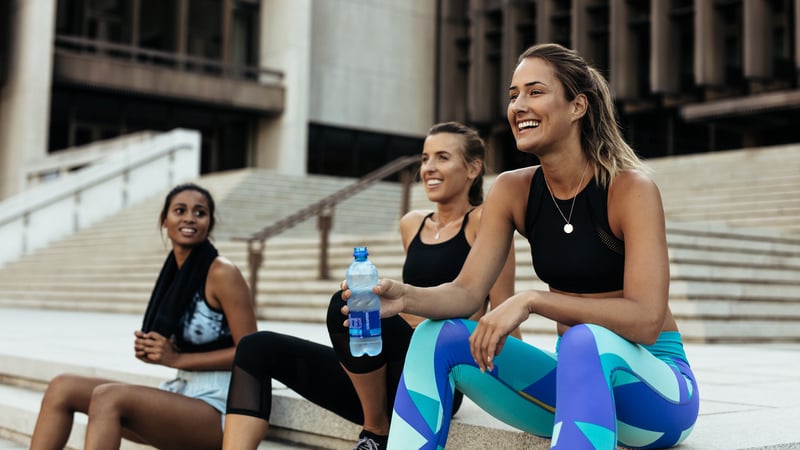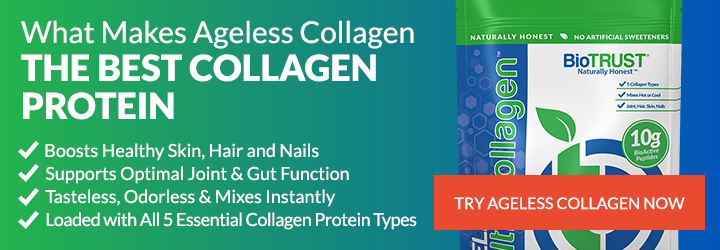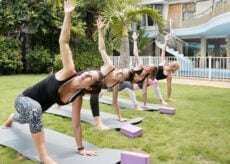Post-Workout Checklist: Do These 7 Things After Exercise

If you want to make the most of your workouts, it’s important to pay attention to what you’re doing after your workout. And while what happens post-workout may tend to be disregarded, it’s critical to your ultimate success when it comes to exercise and fitness. Here is a handy checklist that will help you get the most out of your workout program by properly handling your post-workout time period.
&-Step Post-Workout Checklist
Step 1: Cool Down
After your workout, it’s important to let your body gradually return to normal. You’ve undoubtedly been pushing yourself to the brink, so it’s essential that you take a good five to ten minutes and allow your heart rate and blood pressure to return to normal.
A proper cooldown will help your muscles relax and can even help prevent muscles from getting sore. For example, if you do a tough leg workout, a five- or ten-minute walk on the treadmill can help alleviate delayed onset muscle soreness (DOMS).
What should you do for a cool down? You can engage in a light jog or, better yet, a gentle walk. Or, try some easy yoga moves like child’s pose, cat/cow, or corpse pose. The idea is to let your body come back to the status quo with a normalized heart rate, regular blood pressure, and easy breathing.
Step 2: Fuel Up
Post-workout is a great time to fuel up on protein and carbs. If you had a good exercise sesh, your body has probably used all the glycogen in your blood, and you’re feeling depleted. Now is the time to take in what your body needs to refuel.
It’s vital that you get in your protein, the building blocks of muscle mass. When you train with resistance, you break down the muscle fibers. Those require protein to replenish and rebuild themselves (which is how you build muscle mass). Taking in protein after your workout also prevents your body from drawing from its current muscle tissue stores for sustenance. This is also a great time to take in carbs as you most likely need to replace the energy you expended while working out.
Equally important is getting in your supplements. Besides ingesting protein in powder or food form, post-workout is also a great time to stock back up on nutrients that may have become depleted during your training time. Which nutrients you take will depend on your particular diet plan, but some good ones to consider are Omega-3s to support healthy inflammation, CBD oil to support recovery and help reduce exercise-induced stress, and a curcumin, collagen, or joint supplement to help support the strength of connective tissues.
Step 3: Get Hydrated
We all know it’s important to stay hydrated during your workout, but did you know that it’s also extremely important to stay hydrated after your workout, too? Water helps keep your joints lubricated and helps transport nutrients throughout your body. You also don’t want to experience cramping post-workout. A good way to avoid that is by staying hydrated before, during, and after your workout. Last but not least, you probably sweated during your training, so replacing that water is essential for good health.
Step 4: Stretch
Now is the time to stretch! Your muscles are warm and pliable, and it’s a great time to continue the benefits of this window. Plus, a good stretch can help reduce the buildup of lactic acid in your muscles created by your workout. That means you may experience less soreness later as well. And, don’t forget, some good stretching not only feels good, but it will help boost your circulation with your blood, bringing much-needed nutrients to the areas you worked, so the rebuilding and repair process can begin. Additionally, with regular stretching, you’ll increase your flexibility, and that’s always a good thing!
Step 5: Foam Rolling
As a complement to stretching, foam rolling can help complete your workout. Working out the kinks and knots can help prevent injury or relieve some of the stress and pain associated with current injuries. Foam rolling will help you reduce tightness in your muscles and the fascia, so you can more easily (and with less pain) move through a full range of motion.
Side note: it’s also a great idea to foam roll before putting your muscles through a workout to prime them for a good pump!
Step 6: Shower
Never mind all the health dangers just floating around in general, but when you go to a fitness facility, you’re dealing with closed-in spaces with a lot of people breathing and sweating. As disgusting as it is, it’s important to remember that you are not the only person sweating. You’re probably encountering other people’s sweat on the equipment that you sit on and use.
Also, when training, your clothes can become wet and sweaty, and that is a prescription for bacterial growth. The sooner you can get out of those sweaty clothes and shower off, the better. It’s not advisable to sit around after the gym in those wet clothes, either. You could develop a rash or an infection if you’re not careful. And, if you are acne-prone, washing that sweat and grime off your face as soon as possible can help keep your skin looking clear and fresh.
Step 7: Stay Active
Once you’ve exercised, stretched, and cleaned up, you’re done for the day, right? Nope. Inactivity the rest of the day after your workout is a bad idea. Just because you had an amazing workout doesn’t mean you can flop on the couch and chill for the remaining hours.
You don’t have to continue to push yourself. Just continue to do some form of low-grade activity. If you do sit to eat or watch TV (or go back to work behind a computer screen), ensure that you get up every now and then (at least once per hour) to keep your body moving and your blood flowing. And, remember to be active throughout your day since one quick workout can’t undo an entire day’s worth of being sedentary.







